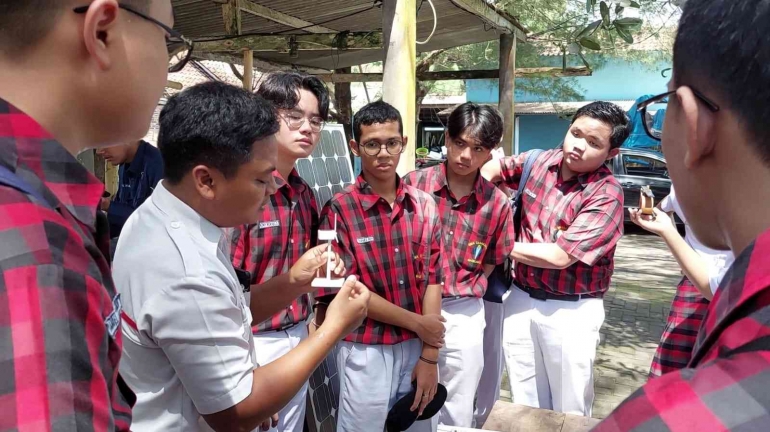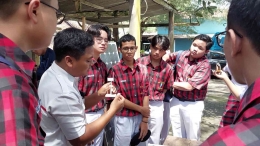The Five Stages of Research-Based Teaching: A Comprehensive Overview
Research-based teaching is an approach to teaching and learning that involves the systematic use of research evidence to inform teaching practices. This approach consists of five stages: Formulating Problems, Gathering Information, Analyzing Data - Information, Making Conclusions, and Reporting. Each of these stages involves specific roles and responsibilities for both teachers and students, as well as the development of knowledge and skills necessary for effective research-based teaching. In this article, we provide a comprehensive overview of these five stages and explore how they can be implemented in the classroom to improve student learning outcomes.
A. The Five Stages of Research-Based Teaching
Research-based teaching is an instructional approach that integrates scientific inquiry into the classroom. It involves a systematic process that includes five major stages: Formulating Problems, Gathering Information, Analyzing Data-Information, Making Conclusions, and Reporting. Each stage has specific roles for teachers and students and requires certain knowledge and skills.
1. Formulating Problems
Formulating Problems is the first and crucial stage in the research-based teaching process. It is a step that involves identifying an issue, topic, or question that students will explore through scientific inquiry. In this stage, teachers play a crucial role in guiding students in formulating open-ended questions that foster critical thinking, encourage curiosity, and enable students to develop their problem-solving skills.
To start with, teachers work with students to identify a topic or issue that is relevant, engaging, and aligned with curriculum standards. Once a topic is selected, the teacher encourages students to brainstorm questions related to the topic that could guide their inquiry. The teacher should help students develop questions that are clear, precise, and specific, to enable them to focus on their research inquiry.
To make the questions open-ended and encourage critical thinking, teachers should guide students in formulating questions that do not have a fixed answer, but rather allow for multiple perspectives and interpretations. Open-ended questions enable students to think creatively, challenge assumptions, and develop their problem-solving skills. For instance, a teacher can help students to rephrase a closed-ended question such as "What are the colors of the rainbow?" to an open-ended one such as "How do rainbows form, and what factors determine the colors they display?"
Furthermore, teachers should guide students in developing hypotheses and setting objectives. Hypotheses are statements that explain the relationship between variables in a research question, while objectives are specific outcomes that students hope to achieve by the end of the inquiry. By formulating hypotheses and setting objectives, students are motivated and focused on their research inquiry, and they can apply critical thinking skills to test their hypotheses.
Finally, the student's role in this stage is to develop questions and hypotheses that are based on prior knowledge and research. Students are expected to use their prior knowledge, experience, and observations to develop questions and hypotheses that will guide their inquiry. They should also conduct preliminary research to understand the background information on the topic and identify gaps in their understanding that they need to address.
2. Gathering Information
The second stage in research-based teaching is Gathering Information. This stage involves collecting data and information that is relevant to the research question or problem that was formulated in the previous stage. The teacher's role in this stage is to provide guidance and support to help students select appropriate research methods and sources of information, while the students' role is to gather and record data accurately.
To start with, the teacher helps students identify sources of information such as primary and secondary sources that are relevant to their research question. Primary sources include data or information that is collected firsthand, while secondary sources refer to information that is collected by others and published in books, articles, or other forms of media. The teacher should guide students on how to differentiate between primary and secondary sources and the importance of using reliable and credible sources in their research inquiry.







